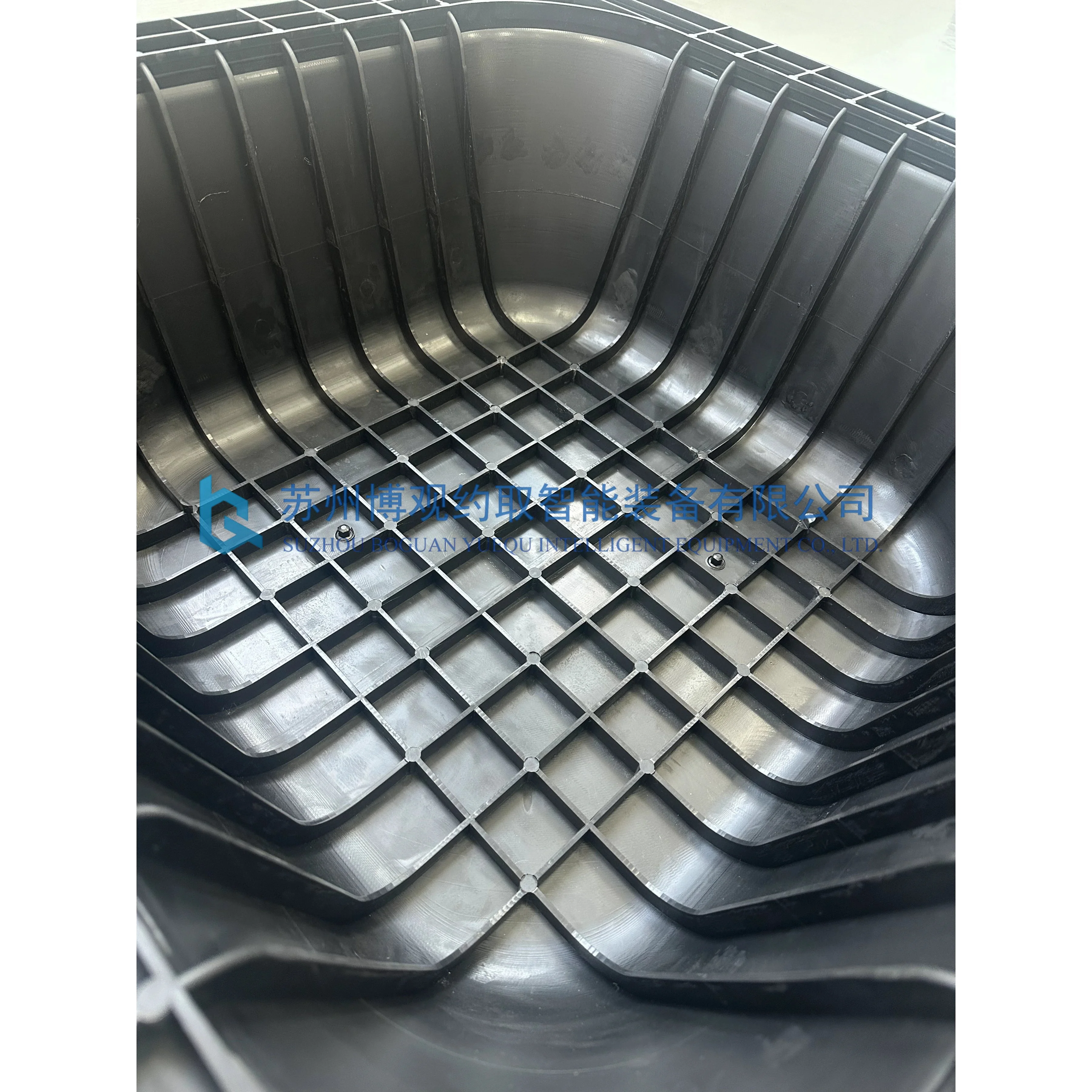When it comes to maintaining a healthy indoor environment, the presence of mold can be a significant concern. One often-overlooked area in homes and commercial buildings is the ceiling, particularly the ceiling tiles. This article delves into the question: do ceiling tiles get moldy? We will explore the conditions that foster mold growth, the types of ceiling tiles susceptible to mold, and effective prevention and remediation strategies.
Understanding Mold Growth
Mold is a type of fungus that thrives in damp, warm environments. It reproduces through spores, which can easily become airborne and settle on various surfaces, including ceiling tiles. For mold to grow, three key conditions must be met:
- Moisture: This is the primary requirement for mold growth. Sources of moisture can include leaks from roofs, plumbing issues, or high humidity levels in the air.
- Organic Material: Mold feeds on organic materials, which can be found in various building materials, including wood, drywall, and even some types of ceiling tiles.
- Temperature: Mold typically thrives in temperatures between 60°F and 80°F (15°C to 27°C), making indoor environments particularly conducive to its growth.
Types of Ceiling Tiles and Their Susceptibility to Mold
Ceiling tiles come in various materials, each with different susceptibility to mold growth:
- Mineral Fiber Tiles: These are commonly used in commercial buildings due to their sound-absorbing properties. However, they are highly porous and can retain moisture, making them a prime candidate for mold growth.
- PVC Tiles: While these tiles are resistant to moisture and mold, they can still harbor mold on their surface if exposed to high humidity or water leaks.
- Gypsum Board Tiles: Often used in residential settings, gypsum board is highly absorbent and can easily become a breeding ground for mold if not properly sealed and maintained.
Signs of Mold Growth on Ceiling Tiles
Identifying mold growth early is crucial for effective remediation. Here are some signs to look out for:
- Discoloration: Stains or discoloration on ceiling tiles, often appearing as black, green, or brown spots, can indicate mold presence.
- Musty Odor: A persistent musty smell in a room can signal mold growth, even if it is not immediately visible.
- Peeling or Warping: If ceiling tiles appear warped or are peeling away from the ceiling, it may be due to moisture accumulation and potential mold growth.
Prevention Strategies
Preventing mold growth on ceiling tiles involves a proactive approach to moisture control and maintenance:
- Regular Inspections: Conduct routine checks for leaks in roofs, plumbing, and HVAC systems. Early detection can prevent moisture accumulation.
- Control Humidity Levels: Use dehumidifiers in areas prone to high humidity, such as basements and bathrooms. Aim to keep indoor humidity levels below 60%.
- Proper Ventilation: Ensure adequate ventilation in all rooms, especially those with high moisture levels. Exhaust fans in kitchens and bathrooms can help reduce humidity.
- Seal and Paint: Consider using mold-resistant paints and sealants on ceiling tiles to create a barrier against moisture.
Remediation Techniques
If mold is discovered on ceiling tiles, prompt remediation is essential to prevent further spread:
- Personal Protective Equipment (PPE): Always wear appropriate PPE, including gloves, masks, and goggles, when handling moldy materials.
- Remove Affected Tiles: If the mold growth is extensive, it may be necessary to remove and replace the affected ceiling tiles.
- Clean Surfaces: For minor mold issues, clean the tiles with a mixture of water and detergent or a specialized mold remover. Ensure the area is well-ventilated during cleaning.
- Address Moisture Sources: After remediation, identify and rectify the source of moisture to prevent future mold growth.
Conclusion
In conclusion, ceiling tiles can indeed become moldy under the right conditions. Understanding the factors that contribute to mold growth, recognizing the signs, and implementing effective prevention and remediation strategies are crucial for maintaining a healthy indoor environment. By taking proactive measures, homeowners and building managers can protect their spaces from the hidden dangers of mold, ensuring a safe and comfortable atmosphere for all occupants.


